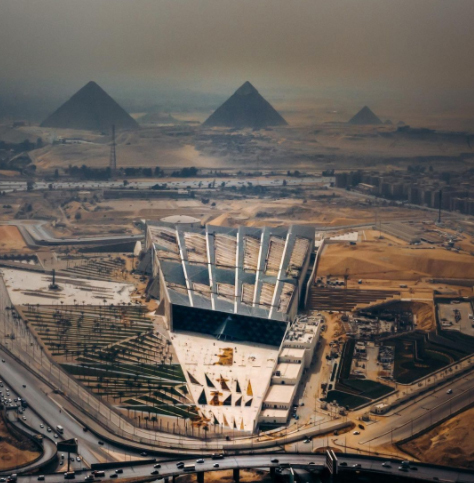- Instructor: Randolph Ruiz
- Instructor: Christopher Falliers
- Instructor: Lisa Findley

- Instructor: Julia Grinkrug


Welcome to History of Architecture 1!
This course is an historical study, which begins with prehistoric architecture and extends to around 1750, with some more contemporary examples in the Bay Area. This "global" survey looks at canonical monuments of architecture as well as vernacular buildings and historical landscapes. However, we focus less on style and more on teaching students on how to read buildings and landscapes so that they can learn to consider what architecture and built environments mean, and for whom this matters.
Students are expected to invest around 6 hours outside of class each week. There will be two midterm "quizzes" and a major research + writing project, which students will work on in the second half of the course. Most weeks, you will have assigned readings and submit a critical reading response, due on Sunday evening: this exercise is designed to teach critical thinking, reading, and writing skills.
Similar to previous years, this course is designed around the idea that, architecture and landscapes of "the past" are one of the best forms of evidence for understanding the history of the lives of people from around the world. Through this approach, students will discover some of the ways architecture informs how we make sense of the world and, at the same time, the ways it performs an integral role in constructing, power, and identity, reflecting images of class, ethnicity, and politics. No matter how small or ungainly, all buildings are worth study because they help us understand the lives of the people who created and lived in these structures.
- Instructor: Catherine Covey
- Instructor: Alicia Moreira

- Instructor: Julia Grinkrug

- Instructor: Olivia Ramos
